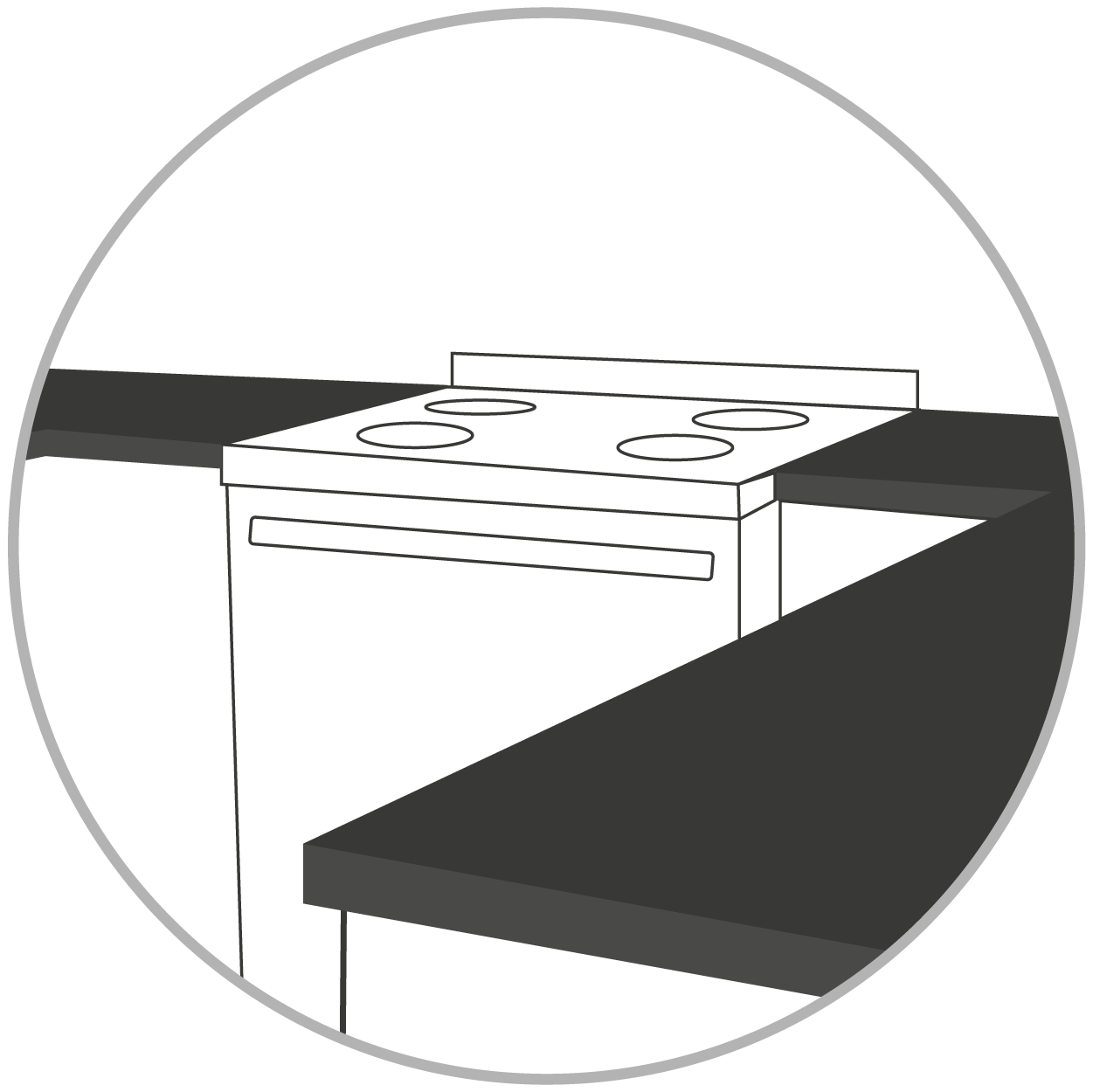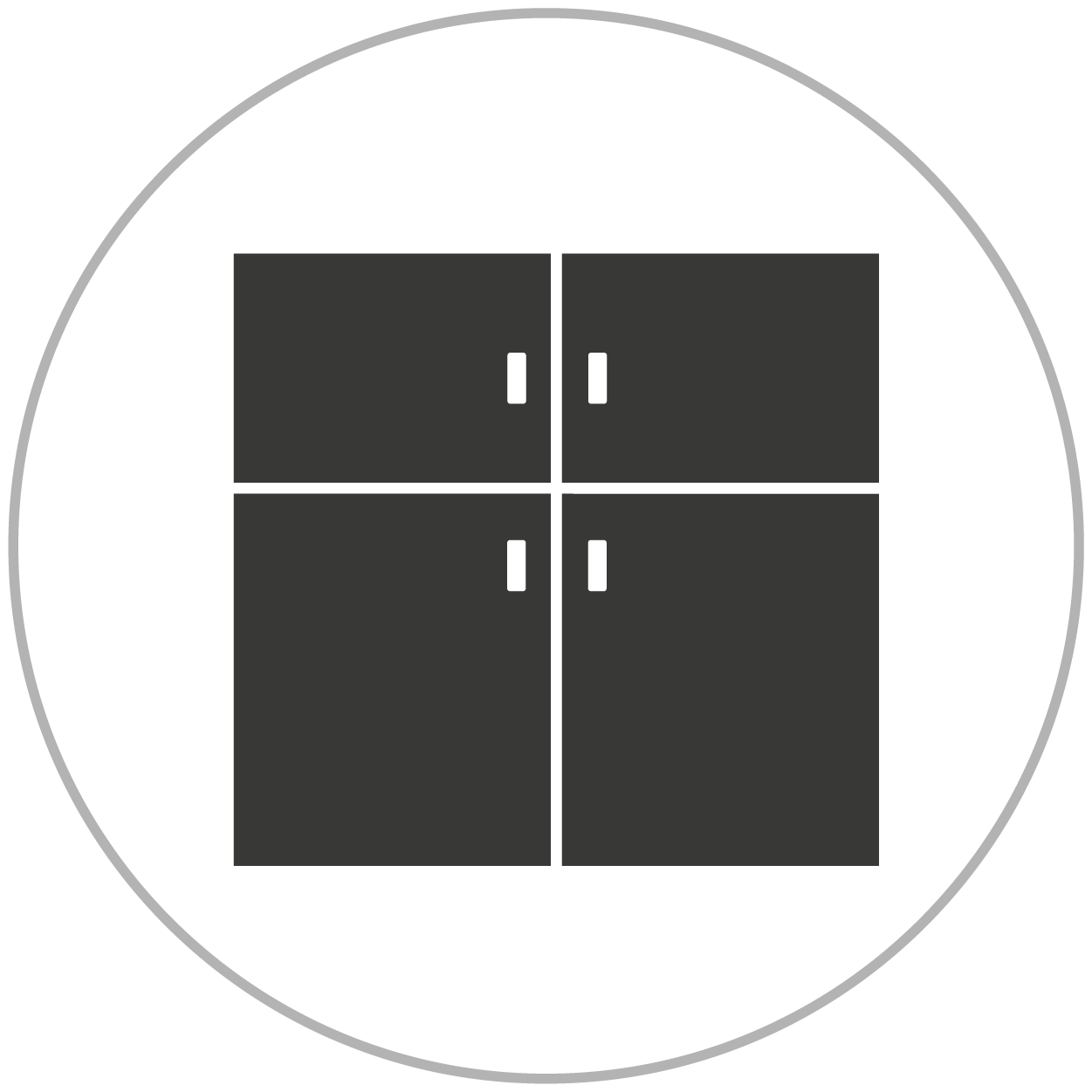Louisiana Baseline Specification Review
Baseline Specification Review Home
- 7 Urban-Small City
- 13 Urban-Large City
- 6 New Construction
- 10 Rehab
- 4 New Construction + Rehab
Flooring

- About 15% of projects did not specify vinyl in the unit, instead specifying a combination of ceramic tile, prefinished wood, engineered wood, carpet, and rubber tile with recycled content.
- Almost 60% of projects specified carpeting. About 35% of these required Green Label Plus certification. (This industry-backed certification only covers some VOC emissions; some hazardous VOC and all non-VOC chemicals are excluded.)
- Almost 60% of projects specified ceramic floor tile with use being most common in bathrooms with the occasional kitchen, laundry room, or entry.
- Over 60% of projects set VOC content limits on flooring adhesives consistent with SCAQMD 1168 requirements.
- Three quarters of projects that specified carpet pad called for use of rebond.
Paint

- Nearly 75% of projects specified some sort of VOC content requirement.
- Almost 60% specified flat paint having <50 g/L VOCs.
- Over 35% specified non-flat paint having <50 g/L VOCs.
- No VOC requirements for tints were indicated.
- Ten percent of the projects specified paint meeting an older, less strict version of the Green Seal-11 standard.
Drywall

- About 10% of projects had recycled content specifications that would mean synthetic gypsum was definitely used.
- None specified natural gypsum as a requirement.
- Over half of projects specified some sort of wall and/or ceiling texture.
Insulation

- Nearly 70% of projects specified fiberglass batt insulation.
- About 40% of the projects including fiberglass batt insulation specified that the batts be formaldehyde-free. As of October 2015, all residential fiberglass batt insulation made in the U.S. is formaldehyde-free.
- About half of projects list spray foam (either 1 or 2 part) for gaps or miscellaneous voids.
- Over 25% of projects specify blown cellulose insulation.
- Attic insulations include blown cellulose, blown fiberglass or fiberglass batts, and spray foam.
Countertops

- Plastic laminate dominates in Louisiana affordable housing projects - it was specified in over 80% of kitchens and over 50% of bathrooms.
- Cultured marble was specified in 35% of bathrooms.
- About 45% of projects specified engineered stone, cultured marble, or solid surfacing somewhere in the unit.
- Over 15% of projects specified substrates with NAUF (No Added Urea Formaldehyde).
- Almost 30% of projects specified substrates compliant with CA 93120/CARB Phase II or that non-compliant wood to be sealed with low-VOC sealants.
Cabinetry & Millwork

- About 55% of projects had some requirement for cabinets regarding formaldehyde based binders or formaldehyde emissions.
- 25% of the projects specified CA 93120/CARB Phase II compliant.
- 30% of the projects specified adhesives and composite wood products that contain no urea formaldehyde.
- A majority of projects specified cabinet manufacturers, but did not include specific product lines.
- Nearly all projects specified cabinets with a factory finish.
- About 30% of projects specified a laminate (HPL or melamine) or thermofoil finish for cabinets.
- Almost all projects specified wood trim/base in at least some part of the units.
- About 35% of projects specified resilient base in some area of the unit, with about half being vinyl wall base.
- About 15% of projects specified MDF trim/base with another 15% allowing MDF as an option in place of wood.
- Two thirds of projects that allowed or specified MDF required it to be free of urea-formaldehyde.
Doors

- Around 40% of projects specified doors with a composite core, and almost 60% specified hollow core doors with a composite face.
- About 30% of projects that included wood doors specified NAUF (No Added Urea Formaldehyde)- an additional 10% of projects specified certified compliant with CA 93120/CARB Phase II.
- Only 1 project specified a particular product; the others provided general information about which materials should be used and often approved manufacturers.
- Over 30% of projects specified at least some factory finished wood doors.